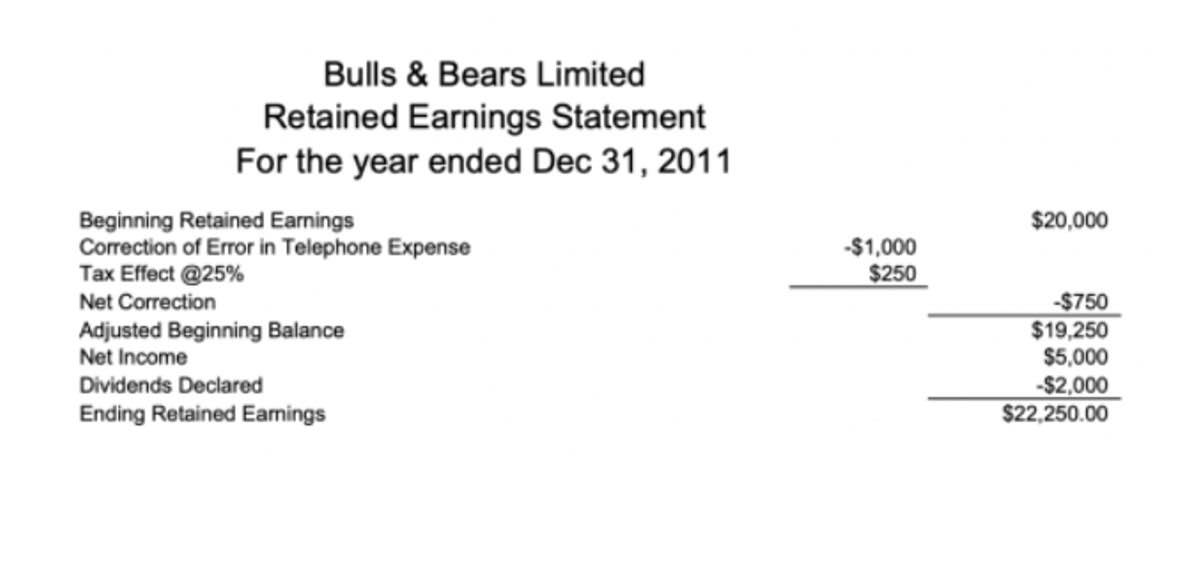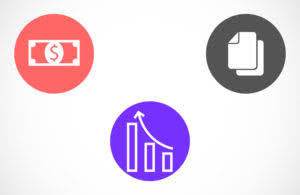
Robust analyses go beyond inputs and outputs to determine the core values of your processes and show you where there are opportunities for improvement. The launchpad for any Business Process Analysis is a lucid definition of objectives and the challenges you aim to address. A comprehensive bpa meaning business understanding of your objectives will steer the rest of the investigation. This involves understanding the methodology and metrics used in each business process. Its primary goal is to scrutinize these individual processes and fine-tune them to enhance efficiency and productivity.

Identifying Cost-Effective Operational Strategies
In addition, the process automation system must communicate any exceptions where human intervention is allowed. Workflow automation of menial tasks frees employees to do higher value work. BPA takes advantage of a variety of advanced technology, including automation tools, process intelligence capabilities and cloud platforms. Robotic process automation (RPA) uses software to automate specific repetitive tasks. RPA software is trained to mimic repetitive steps that humans take, like copying and pasting data into a field.
Optimizing Communication Among Team Members

Once you have your objectives and challenges in place, the subsequent phase is data collection pertaining to the existing workflow. This could involve active observation of the process, engaging in conversations with stakeholders, and scrutinizing available documentation. Leveraging project management tools such as ClickUp enhances the efficiency of this phase, aiding in smooth information collection, report generation, and task automation. Choosing which business operations to automate begins with analyzing the workplace and identifying tasks that are repetitive and relatively simple tasks/workflows.
How do you perform a business process analysis?
Visualizing processes allows team members to identify bottlenecks and work together to brainstorm solutions. With BPA tools, complex steps are simplified, and processes become more efficient. This results in smoother operations for employees, allowing them to meet deadlines effectively. The focus of IT has shifted from serving internal needs, like efficiency and cost control, to engaging with external customers and creating new business opportunities. That’s why Red Hat believes the traditional business automation model needs to evolve. Instead of focusing solely on streamlining processes, businesses need to develop new strategies to automate the business itself.
- Learn how IBM Business Automation workflows enable your business to mine process data to gain critical insights and automate digital workflows on-premises or in the cloud.
- When these processes are easy to follow and properly deployed, they provide structure, clarity, and consistency.
- By automating busywork like managing project initiatives, you can auto-assign team members, easily shift due dates, and notify stakeholders of changes.
- Organizations stand to gain significantly from conducting a business process analysis.
Developer resources
Analyzing business processes is an essential part of any organization’s success. It helps identify inefficiencies, streamline operations, and ultimately improve the overall performance of the business. In addition, business process analysis relies on the expertise of subject matter experts. These might include a number of employees, stakeholders and consultants, such as analysts, data scientists, quants, IT, administrators and employees who are closely aligned to a process. Keep in mind, business process analysis relates solely to your business operation processes.

Benefits of Business Process Analysis
Business analysis is like taking a step back and evaluating the company’s overall business model, market standing, and strategic direction. This is the first article in a 4-part guide on Business Process Automation and in this part, we’ll take a look at what is BPA, how it works, its benefits, and some real-world examples of BPA. Service industries now very much dominate the world economy over product-based industries. Yet, the recent recessions are proof that these very industries are hit most. The solution may lie in doing more with less, and BPA is the ideal methodology to adopt in these trying times of business competition. Whether you’re using a Chrome browser or a mobile device running Android or iOS, these tools are designed to integrate smoothly, allowing users to manage processes effortlessly, regardless of their device.
- Robotic process automation (RPA) uses software to automate specific repetitive tasks.
- If the agent needs to involve additional team members, they can notify that team member and have the ticket transferred automatically.
- These are specialized platforms specifically designed to handle repetitive, IT operations tasks, such as scanning network traffic, optimizing databases, or cloud maintenance.
- Remember, most BPA’s won’t be managed by you directly—unless you’re a business analyst.
- Zapier asked superusers and employees how they know when to automate a task.
- Business process automation (BPA) is the use of advanced technology to complete business processes with minimal human intervention.
Artificial intelligence in accounting: A complete guide
The use of automation in time-sensitive tasks and inefficient workflows can improve employee morale as employees spend less time pushing files and more time on engaging work. Along with these capabilities, automated data entry can help lower operational costs on tasks that would otherwise be done manually. Business processes can include anything from invoicing to onboarding new employees to payroll. Having processes in place is essential to ensure individual tasks align with shared goals. Artificial intelligence mimics the problem-solving and decision-making capabilities of human intelligence to support customers and your human workforce to optimize workflows and efficiency.
- Your processes should all lead back to larger initiatives and business goals.
- A flowchart or any other form of visual process map aids in identifying patterns and gaps in your workflow.
- Business Analysis deploys tools such as stakeholder dialogues, SWOT evaluations, requirement extractions, and cost-effectiveness studies.
- They can be used as a “before and after” visual guide to train employees, for instance, or to map every process improvement back to your key business goals.
- Both BPM and BPA attempt to improve tasks and processes that are repeated, ongoing, or predictable.